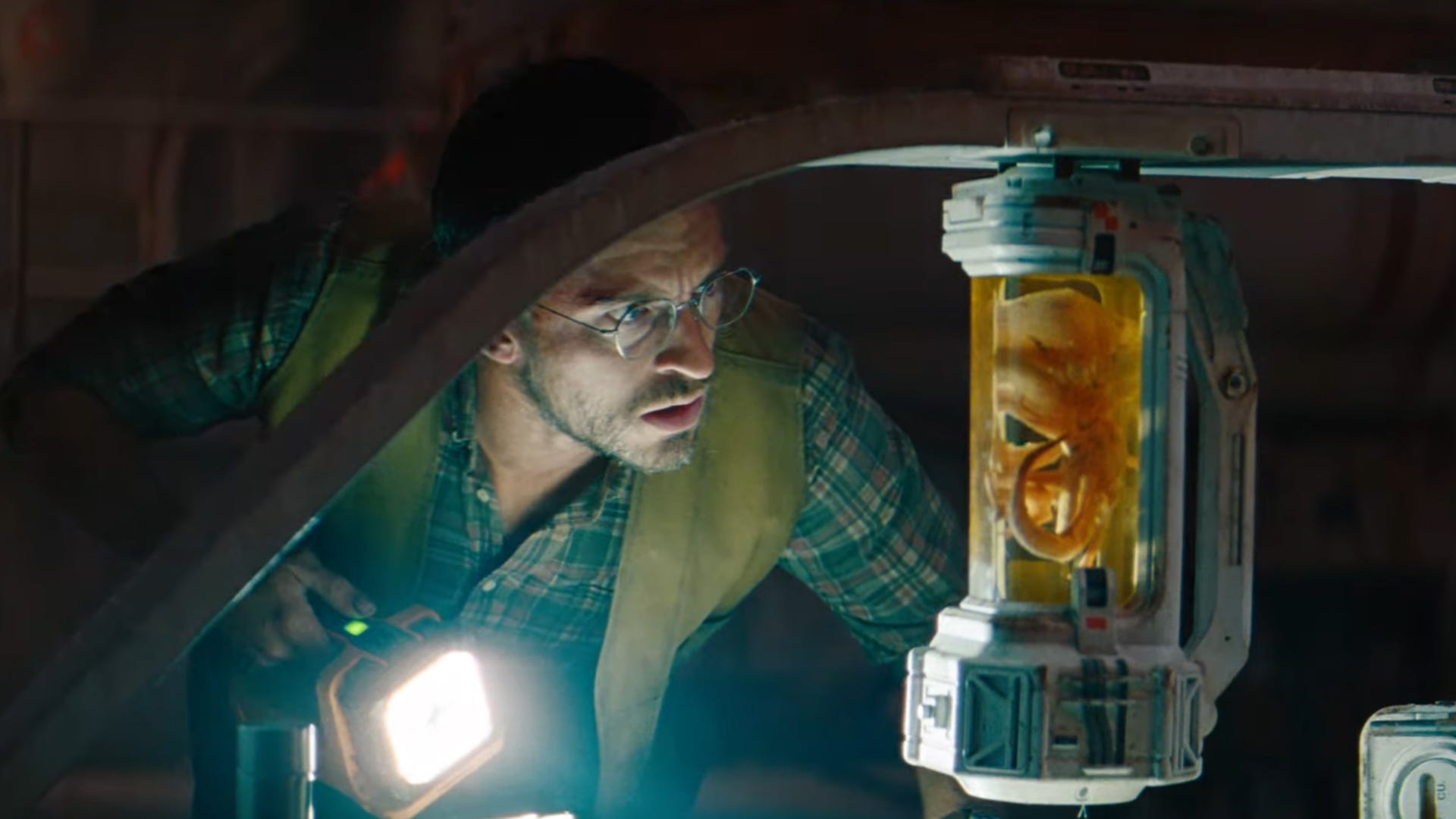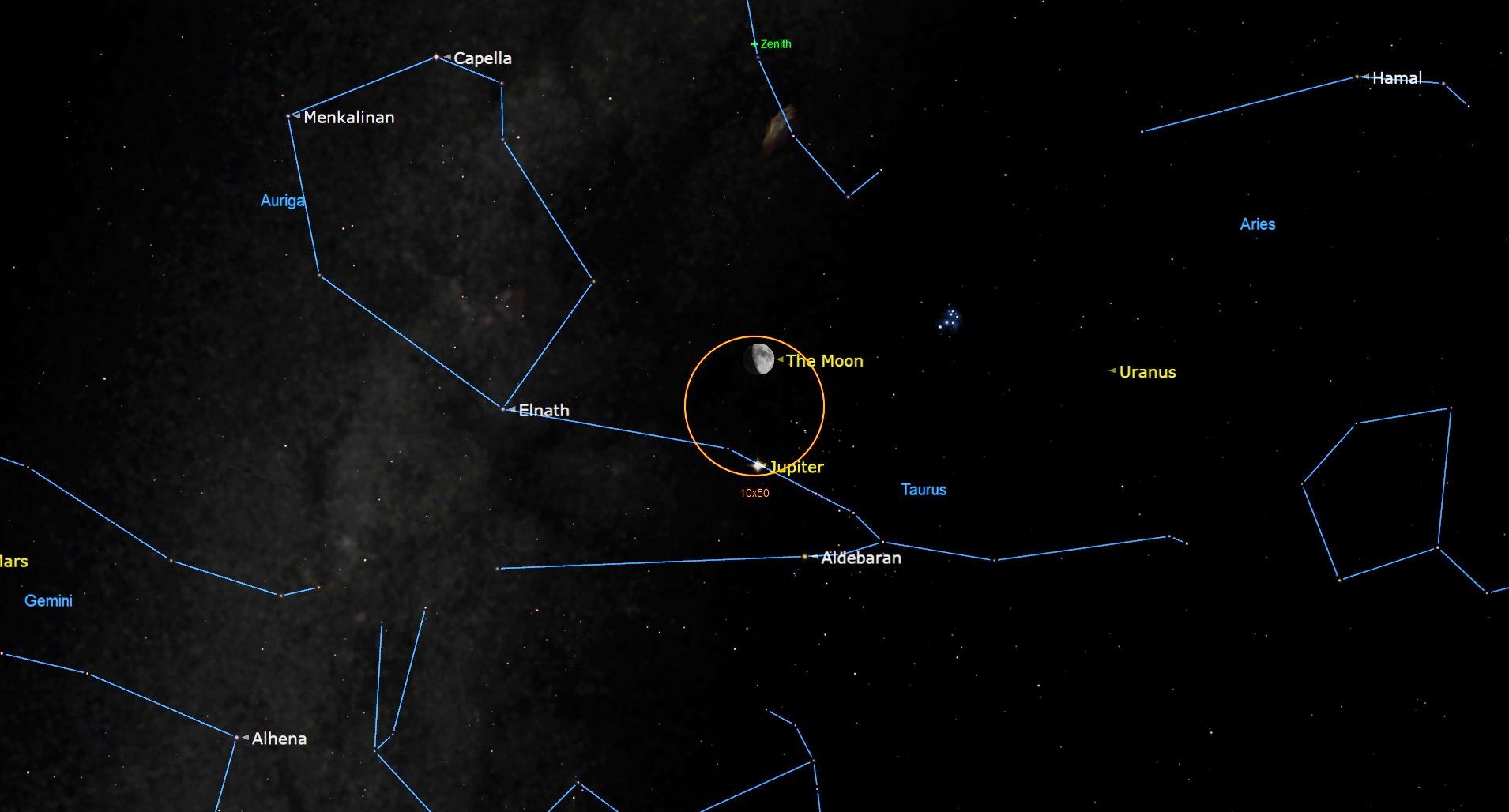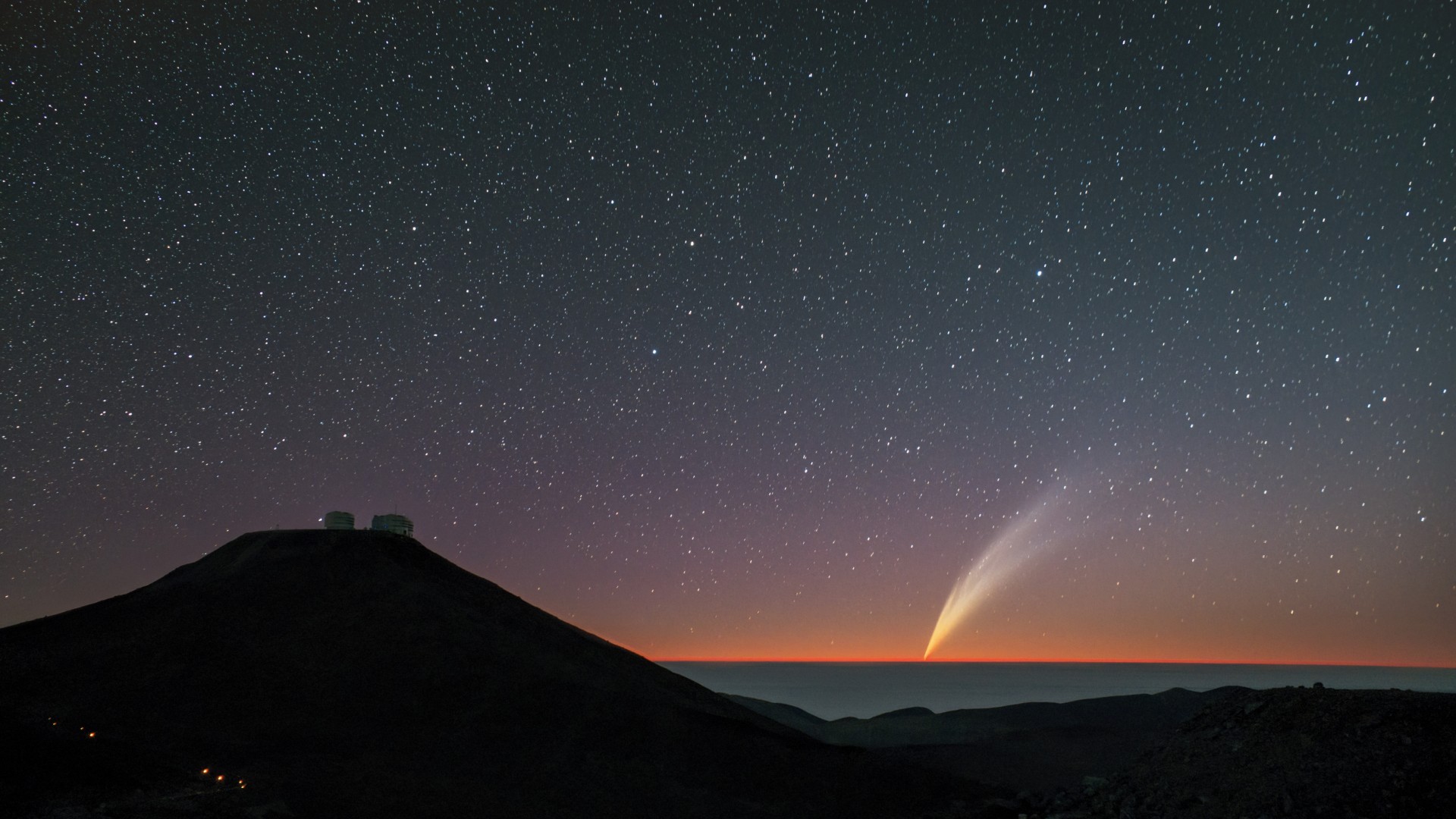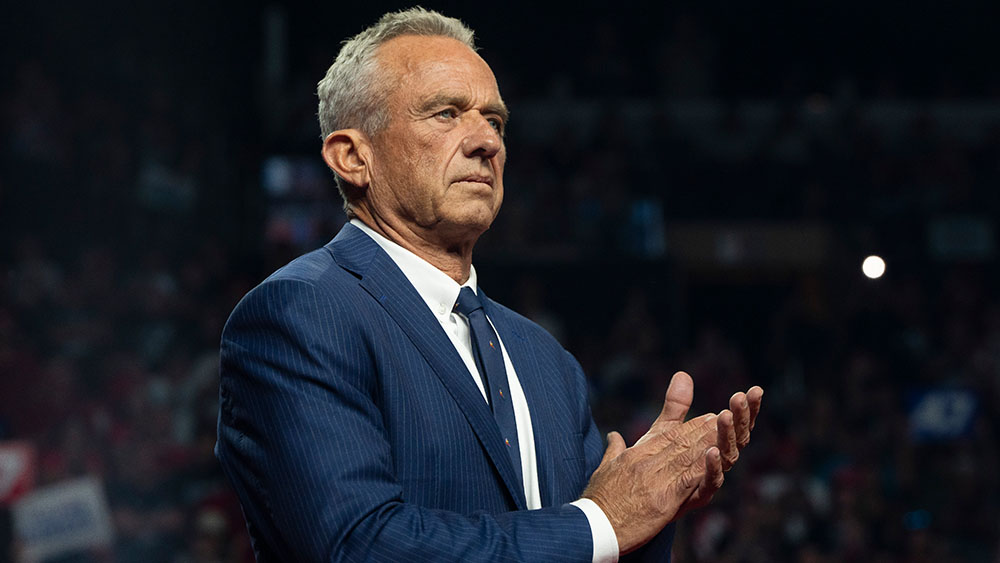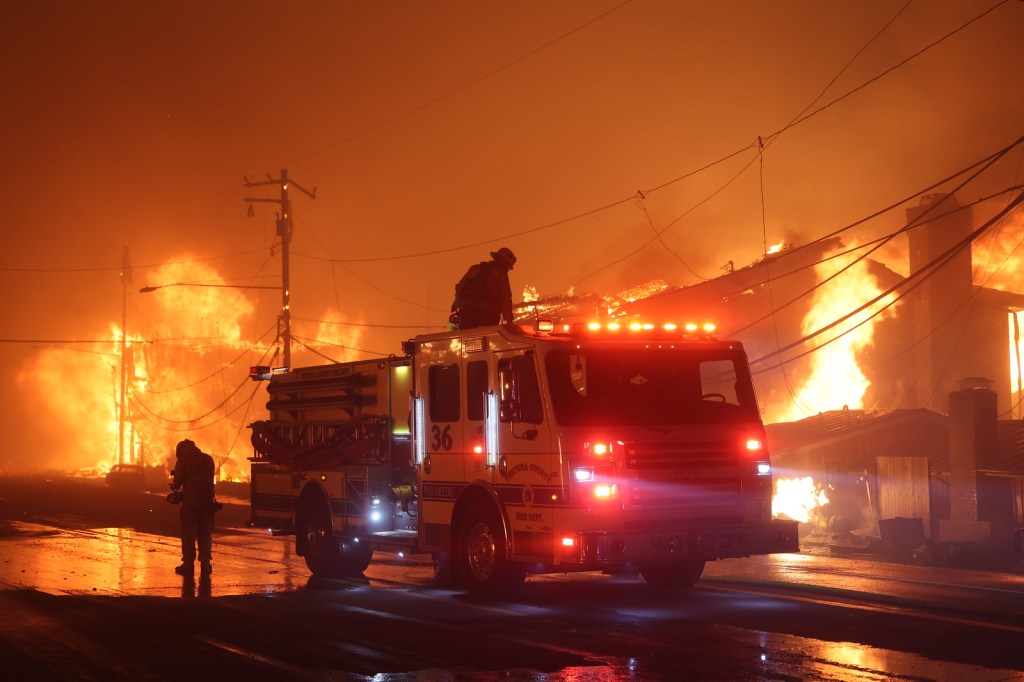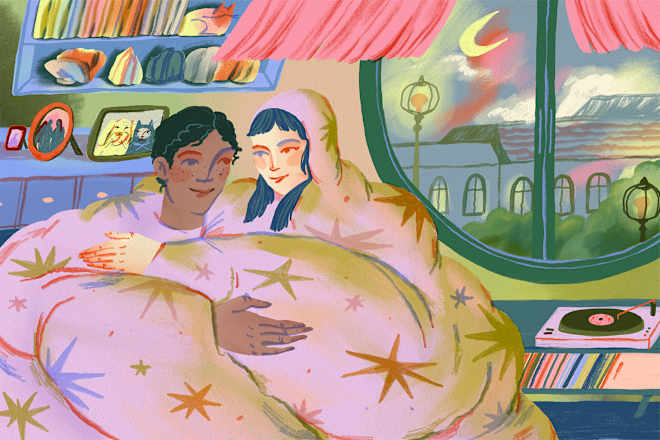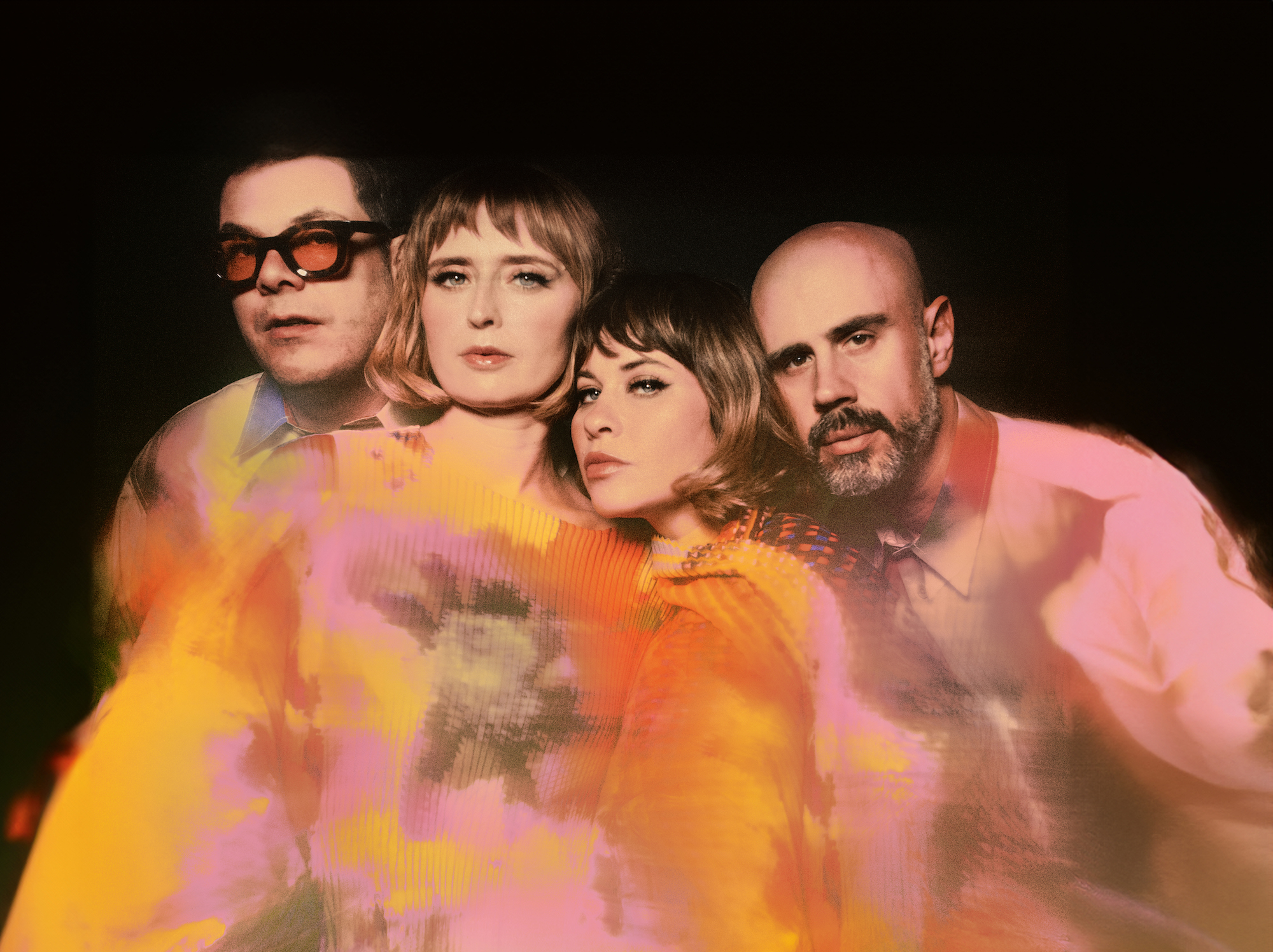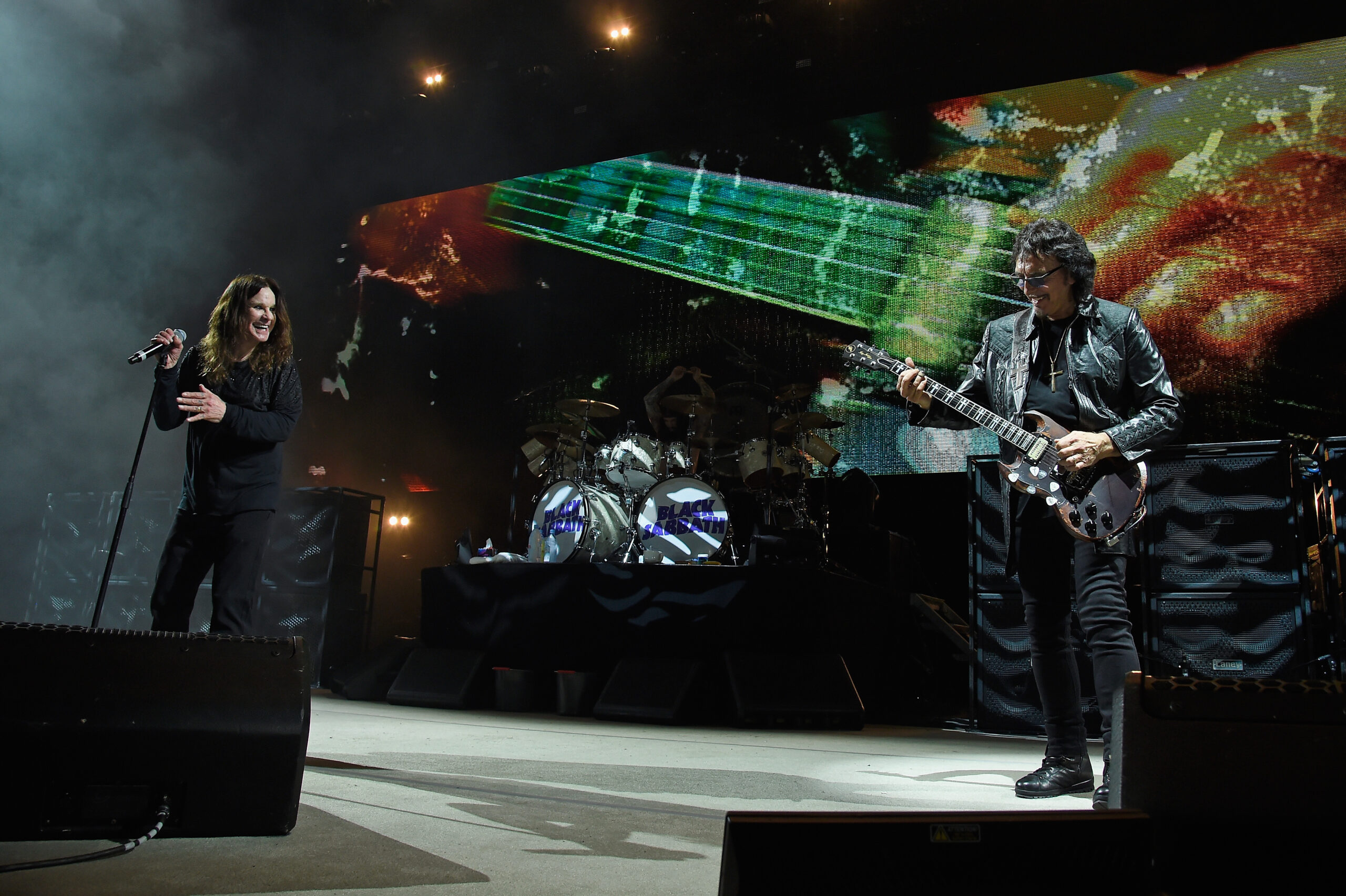Readers’ wildlife photos (and a “spot the. . . ” photo)
Reader Robert Lang and his wife lost two homes and a studio in the Los Angeles Fires. That’s horrible news, but if there’s any silver lining, it’s that Robert has time now to put together and describe a large collection of photographs from the Pantanal of Brazil for this site: a set of 13, no … Continue reading Readers’ wildlife photos (and a “spot the. . . ” photo)

Reader Robert Lang and his wife lost two homes and a studio in the Los Angeles Fires. That’s horrible news, but if there’s any silver lining, it’s that Robert has time now to put together and describe a large collection of photographs from the Pantanal of Brazil for this site: a set of 13, no less. I will be putting them up over the next weeks and months, and thanks to Robert for using his free time this way. Here is the first set with Robert’s captions and IDs indented. You can enlarge the photos by clicking on them.
Note that the next-to-last photo is a “spot the jaguar” quiz:
Readers’ Wildlife Photos: The Pantanal, Part I: Jaguars
In mid-2025, my wife, Diane, and I visited the Pantanal, which is the most incredible wildlife area that no one seems to have heard of. It is an enormous flat basin in Brazil, smack-dab in the middle of South America (where Brazil, Bolivia, and Paraguay come together). Like the better-known Okavanga Delta in Africa, it annually floods from runoff from surrounding highlands, then slowly dries out over the dry season, creating an always-varying patchwork of wetlands, grasslands, and forests, and supports an amazing diversity of wildlife that are far more accessible and visible than those in the much more famous Amazon rainforest to its north.
Most of the Pantanal is privately owned and used for open-range cattle ranching, but because of the annual flooding, the cattle density is quite low, leaving plenty of room for the wildlife to get about. In recent years, eco-tourism has grown, particularly due to the charismatic jaguars, leading to a virtuous cycle: the ranchers have learned that the jaguars bring tourist dollars, so they no longer shoot the animals (which do take the occasional cow); the reduced hunting pressure makes the jaguars less shy and wary, leading to more sightings by the tourists, leading to more tourist dollars. (Fortunately, the tourism numbers are still low enough that their deleterious impact remains low.) During our 10-day trip, we experienced 10 different jaguar sightings, as well as over 100 different species of birds and numerous other mammals, reptiles, and invertebrates. I’ll show some of all of these over the next several RWP installments.
Climate change is affecting wildlands throughout the world, and the Pantanal is no exception; just a few weeks before our visit, they had experienced their worst wildfires ever recorded, and in some parts we visited smoke still hung thickly in the air. Even so, in many places, only the understory had burned, leaving taller trees intact, and in just a few weeks new greenery was re-sprouting through the charred landscape. (In retrospect, it was an omen of things to come closer to home, as the Eaton Fire tore through my town of Altadena just a few months later).
And with that, let’s dive into the animals, with the stars of the show, the jaguar (Panthera onca)! It’s the largest big cat in the Americas, more robust than the similar-appearing leopard (Panthera pardus) of Africa. (Easy way to distinguish them in photos: leopard spots form empty rings; jaguar spot rings often have smaller spots in the middle.) Unlike the other big cats, which usually kill by biting their prey’s neck and suffocating it, the jaguar typically bites directly through the skull of its prey with one of the most powerful bites in the animal kingdom. Jaguars can kill and eat caimans larger than themselves. We saw most of our jaguars along riverbanks (we were in boats) and a few at watering holes (we were in safari vehicles); while they certainly knew we were there, they pretty much ignored us, allowing plenty of time for observation and photos.
This first one was on a riverbank. A female, if I recall correctly, with an injury on her face that was likely from a fight with another jaguar.
Another on a riverbank. This one hung out here for quite a while, and ignored us and the several other boats that eventually showed up. (As we’ve also seen in Africa, the local guides all share sighting locations with each by walkie-talkie.)
This one, too, was on a riverbank, about 15 feet up. Also had an owie on her face.

After a while, she moved a few feet into some foliage, which made a nice frame and allowed me to take what was my favorite photo of the entire trip:
And then she yawned. Pretty impressive choppers, those.
Another riverbank photo. This one was sitting in a natural cave formed by the overhanging riverbank and a curtain of roots.
This one was in dense foliage, and while we knew it was there, for the longest time, we could only see the stirrings of the leaves that concealed it as it moved back and forth (shades of the velociraptors in Jurassic Park!). Eventally, though, it moved into a clearing, and we got our shots.
This one was on a sandbar in the riverbank and gave us a lovely concert of roaring (which is a forbidding sound—I’ll post a movie, with sound, in a later installment from this trip).
And the last one was on the far side of a watering hole that we drove by in one of our safari jeep drives.
We saw a few other jaguars, but these were the ones I got decent pictures of. Except for the incredible spotting talents of our guides, we’d have missed some of them entirely, like this one. Spot the jaguar!
I’d rate this one as somewhere between easy and medium.
The jaguars alone were worth the journey, but we saw many more animals of other species; those will be the subject of the next several installments from this trip.
JAC: Try your hand at the above, and then go below the fold to see the answer. (Click “continue reading”)
Here’s a close-up photo of the jaguar in the last photo above the fold:























